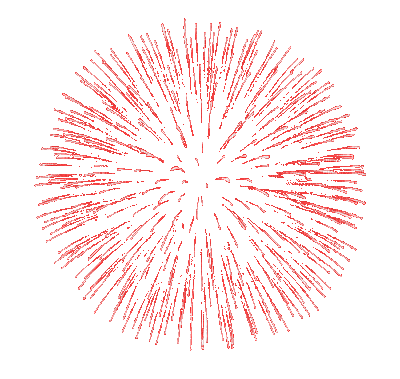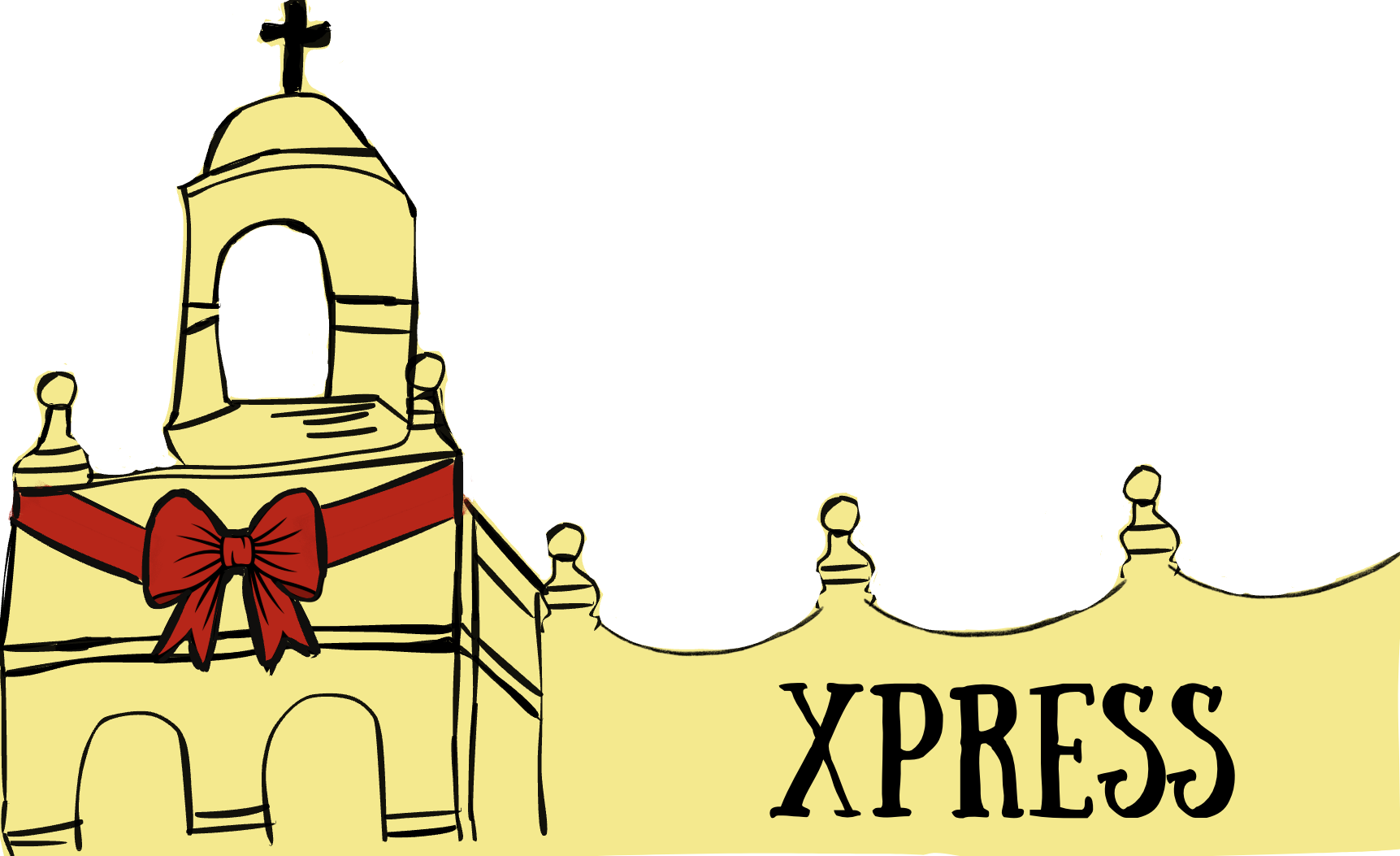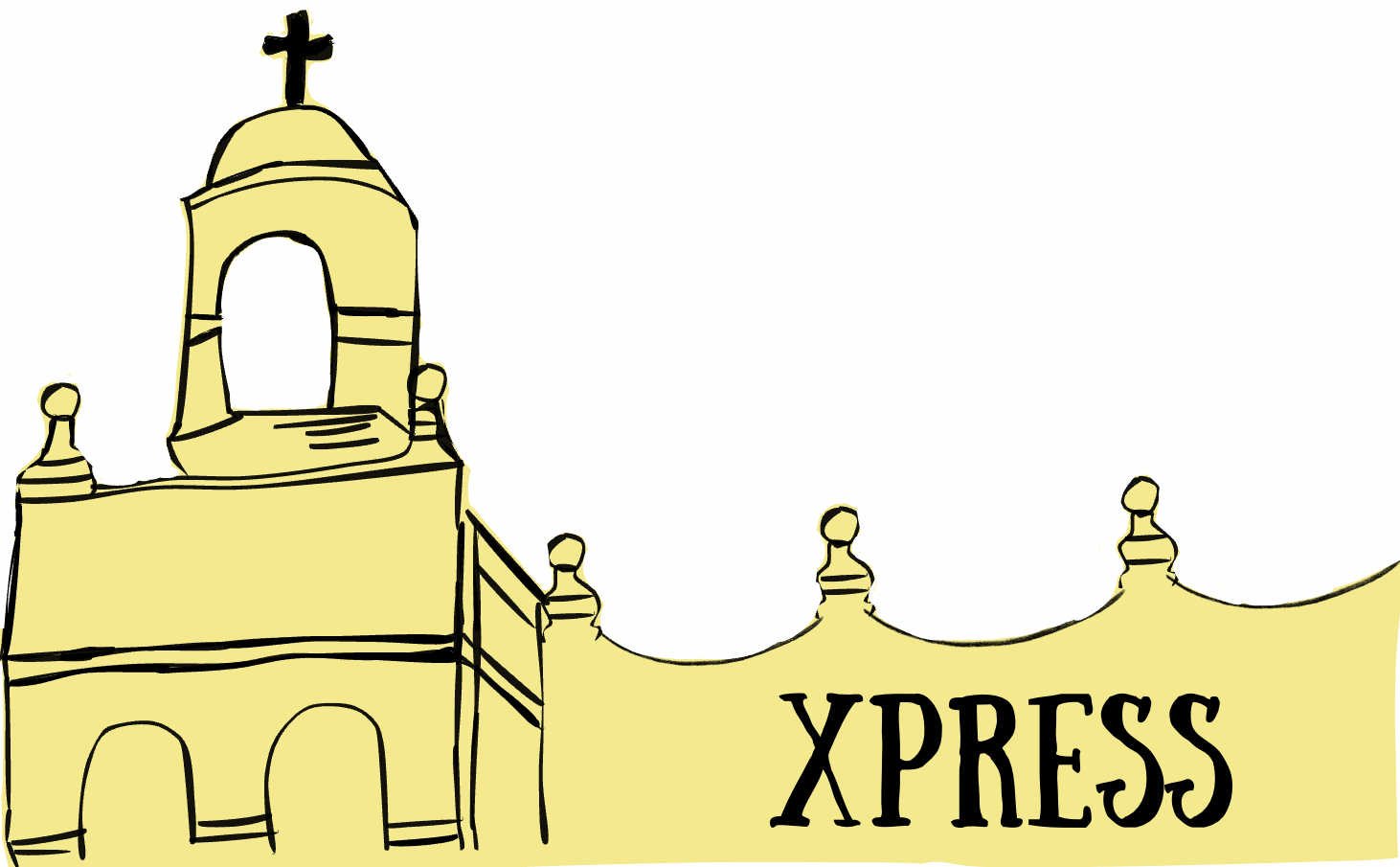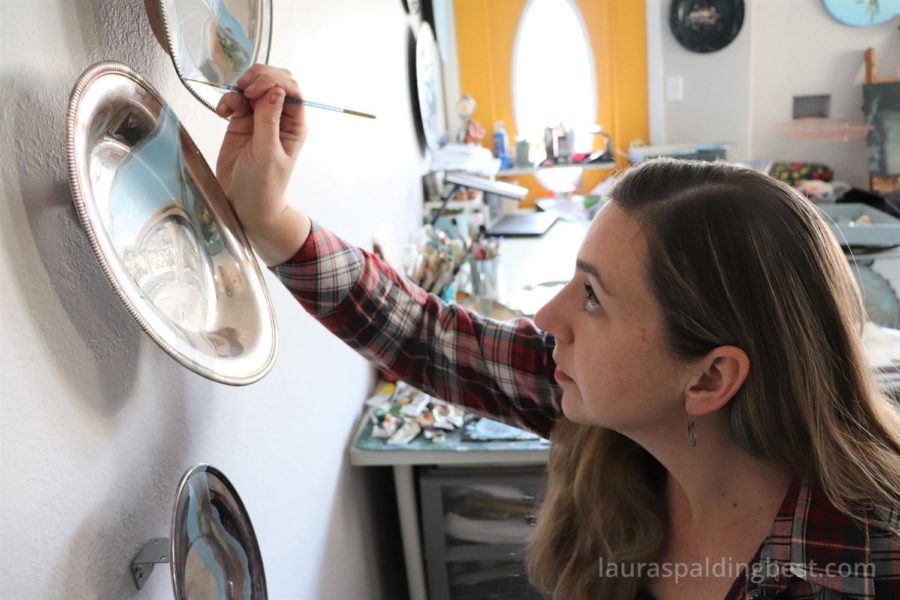Stark Gallery: Laura Best
Artist Laura Best works on her creations.
Xavier’s Stark Gallery, a peaceful sanctuary in the midst of the campus bustle, is featuring an exciting new exhibit of rather unique media. The artist: Laura Spalding Best. Below are a few of her words on the creative and visually stunning work she is displaying on Xavier’s very own grounds.
| “I seek to analyze and quantify the complex infrastructure that makes our desert cities livable while also appreciating the unexpected beauty that can be found in power lines and transformers.” |
Laura Best’s comment on her work:
“I have been studying and painting the urban landscape of the southwest for many years now. Working with oil paint on metal and found objects, I have long viewed my groups of paintings as installations. In my work, I seek to analyze and quantify the complex infrastructure that makes our desert cities livable while also appreciating the unexpected beauty that can be found in power lines and transformers. Through the visual metaphors of the oasis and the mirage, my depictions of banal locations, like highways, parking lots, and man-made waterfalls, explore the legacies of romanticism in the American West and tell stories of unfulfilled promises of paradise and the future effects of climate change.”
Her explanation of “Mirage:”
“The word mirage derives from the Latin word mirari meaning “to wonder at.” These optical wonders are created when light bends or refracts through hot air as it travels to a viewer’s eye. The resulting image appears to be water on the horizon but is, in fact, a reflection of the landscape, often the sky. Mirages are likely to be observed on flat surfaces during still, hot days like those we experience in the Sonoran desert.
I use the mirage as a visual metaphor in my work, I often blur the line between the idea of the mirage and the oasis. For me they are almost interchangeable in the context of the contemporary urban landscape of the southwest. One can be a tantalizing promise on the horizon while the other is something we may always pursue but never actually reach.”
Finally, what the viewer should remember of her art:
“My work begins with place and shared experience… rather than ignoring the signs of utility that make our desert city livable, I choose to embrace them in my paintings, and in representing them in oil paint I memorialize the power lines and telephone poles that connect us literally and figuratively. I choose to use existing materials like sheet metal from salvage yards or found objects (often long-forgotten silver trays from thrift stores) as my painting surfaces. Generally, I think of my pieces as parts of a larger whole and rarely make individual paintings, most of my work is part of a series and I treat it as a cross between painting and installation art.
I’d like the viewer to draw their own conclusions about these pieces, for me the message lives in the ambiguity between the promise of the oasis and the illusion of the mirage, that confusion is the most true
depiction of my experience with the modern landscape of the American southwest.”




